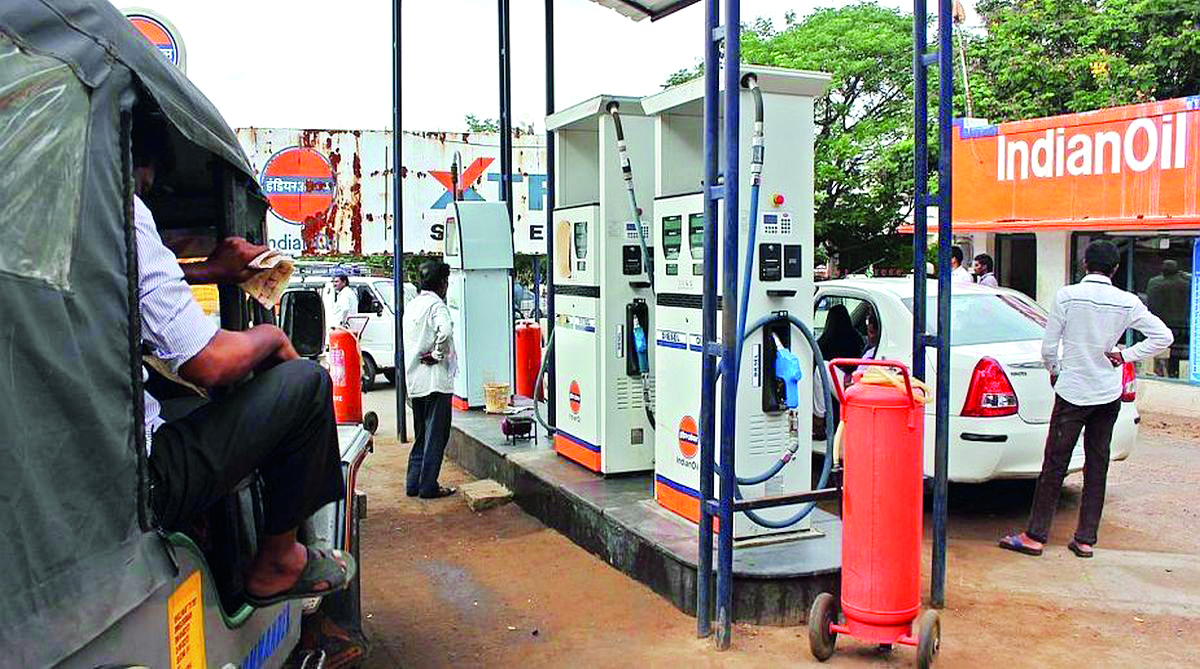‘India to overtake China as lead driver of global oil demand’

India is poised to take the lead in driving global oil demand growth between 2023 and 2030, narrowly surpassing China, according to the recent Indian Oil Market report.
The study highlights a robust economic and demographic expansion, projecting an unprecedented surge in oil demand, contributing to over one-third of the expected 3.2 million barrels per day (mb/d) global gains.
In contrast to other major economies, India’s demand growth is predicted to be diversified across various product categories, with only 18 percent allocated to petrochemical feedstock use. This stands in stark contrast to the global average exceeding 90 per cent and China, where almost all net gains will be in chemical production. The report underscores India’s balanced growth profile, attributed to its dynamic economic trajectory and comparatively low per-capita fuel consumption.
The report attributes this surge to India’s economic performance, citing an average annual GDP growth of 6.8 per cent in the decade leading up to 2020. Despite pandemic challenges, the Oil Market Report notes the country’s swift return to its growth trajectory, establishing it as a ‘global economic powerhouse.’ Furthermore, India is expected to contribute over 16 per cent to global economic growth in 2024.
The emergence of a burgeoning middle class with elevated living standards and evolving spending habits is identified as another crucial factor accelerating this rapid pace. Additionally, industrialization plays a significant role in India’s oil consumption growth, driven by increased demand for capital goods and the expansion of the energy-intensive manufacturing sector.
The report emphasises India’s recent ascent as a key industrial hub, attracting international investments as companies shift their supply chains away from China, further enhancing growth prospects.
Projected to outpace other countries in oil consumption, India’s GDP per capita of USD 2,400 in 2022 positions it in the initial stages of economic development. The World Bank notes that countries experiencing GDP per capita growth in the USD 2,000 to USD 10,000 range witness their fastest energy use growth.
However, the report highlights India’s unique oil market dynamics, particularly its decoupling of retail energy prices from the global oil market. Initially controlled by government oversight, a deregulation push introduced a more market-based mechanism a decade ago. The firm inverse relationship between the Indian rupee and oil prices, common among emerging market commodity importers, exerts persistent upward pressure on domestic pump prices.
The linkage between pump prices and market drivers was disrupted in May 2022 when India froze retail petroleum prices in response to global market volatility following the outbreak of Russia-Ukraine war. While shielding consumers from inflationary pressures, this move impacted state-run refiners, partially recouped through government capital support.
With Indian pump prices remaining stagnant for 20 months, concerns are arising about the incentive for the refining sector to continue investing. As oil markets normalise and volatility recedes, a return to market-based pricing is considered opportune for sustained industry growth, according to the report.



